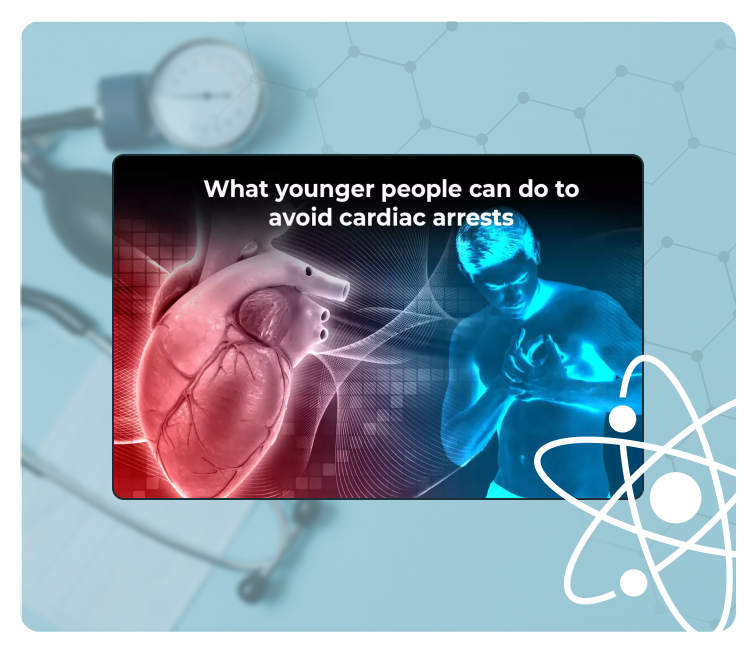 iStock
iStockThe Breakthrough Trial
The trial, published in the New England Journal of Medicine, involved 12 participants who received lab-grown pancreatic islet cells infused into the liver. By one year, 10 no longer required insulin. “It’s never been done before in history,” said Dr. David Thompson of Vancouver General Diabetes Centre. Dr. Trevor Reichman, the study’s lead, confirmed these stem-cell-derived islets mimicked the body’s natural insulin response, telling CTV News, “It’s amazing to see such a transformational change.”Why It's Not Widely Available
Despite the success, the treatment requires patients to take lifelong immunosuppressive drugs to prevent cell rejection—posing risks of infection, cancer, and high blood pressure. Two participants died during the study, one possibly due to immunosuppression, according to CTV News. Amanda, however, sees the trade-off as worth it: “Taking a couple of pills three times a day is nothing. No comparison.”The Promise and the Limits
Experts call it a massive step forward. Dr. Peter Senior from the University of Alberta emphasized the therapy’s potential: “We’ve got a treatment where we’re no longer constrained by organ donors.” Yet widespread use will require immune-safe cell solutions, cost-effective production, and long-term safety data.For now, Amanda enjoys life free from needles and fear, but she acknowledges the uncertainty. “What happens if the cells stop working?” she wonders. “I just try and live right now, and I feel so blessed.”
This experimental treatment marks a turning point, but until major hurdles are cleared, it remains a medical miracle few can access.
Stem Cells and their Potential
At the heart of this breakthrough lies the extraordinary potential of stem cells—biological building blocks capable of both self-renewal and transformation. These cells possess the rare ability to not only reproduce themselves but also to develop into a variety of specialized cells, including those found in the pancreas, brain, heart, and blood. While stem cells exist throughout the body to aid in tissue repair and maintenance, the ones used in Amanda Smith’s treatment were lab-engineered to become insulin-producing islet cells.(Catch all the Business News, Breaking News, Budget 2024 Events and Latest News Updates on The Economic Times.)
Subscribe to The Economic Times Prime and read the ET ePaper online.
Read More News on
(Catch all the Business News, Breaking News, Budget 2024 Events and Latest News Updates on The Economic Times.)
Subscribe to The Economic Times Prime and read the ET ePaper online.











































